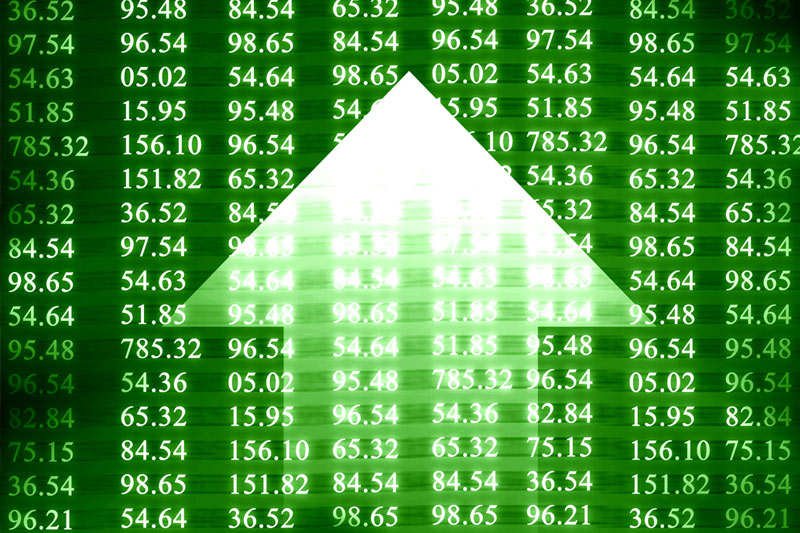Investing.com - The euro rose to fresh 39-month highs against the yen on Wednesday, breaking through the 130.00 level as the effects of the Bank of Japan’s new monetary stimulus program continued to weigh on the yen.
EUR/JPY hit 103.46 during European morning trade, the pair’s highest since January 2010; the pair subsequently consolidated at 103.38, gaining 0.66%.
The pair was likely to find support at 128.42, Tuesday’s low and near-term resistance at 131.00.
The yen plunged to multi-year lows against the euro and the dollar in recent sessions after the Bank of Japan announced last week that it was embarking on a massive monetary stimulus program aimed at beating deflation in the world’s third-largest economy.
The single currency found support as expectations that investors would move away from Japanese government bonds into higher yielding assets pushed bond yields lower across the euro zone.
In the euro zone, data showing that French industrial output rebounded in February offset a report showing that industrial production in Spain fell sharply in the same month.
Elsewhere Wednesday, official data showed that China posted an unexpected trade surplus in March as imports rose sharply to outstrip exports.
The data helped eased concerns over weakening domestic demand in the world’s second largest economy.
The yen fell to an almost five-and-a-half year low against the Australian dollar, with AUD/JPY advancing 0.77% to 104.61 and fell to five-year lows against the New Zealand dollar, with NZD/JPY climbing 0.69% to 84.98.
The yen was hovering just below four-year highs against the U.S. dollar, with USD/JPY up 0.47% to 99.46.
Investors were looking ahead to the release of the minutes from the Federal Reserve’s most recent meeting later in the day.
Markets were waiting to see if the U.S. central bank discussed the possibility of an earlier-than-expected end to its quantitative easing program at its March meeting, after examining the possibility at its previous two meetings.
EUR/JPY hit 103.46 during European morning trade, the pair’s highest since January 2010; the pair subsequently consolidated at 103.38, gaining 0.66%.
The pair was likely to find support at 128.42, Tuesday’s low and near-term resistance at 131.00.
The yen plunged to multi-year lows against the euro and the dollar in recent sessions after the Bank of Japan announced last week that it was embarking on a massive monetary stimulus program aimed at beating deflation in the world’s third-largest economy.
The single currency found support as expectations that investors would move away from Japanese government bonds into higher yielding assets pushed bond yields lower across the euro zone.
In the euro zone, data showing that French industrial output rebounded in February offset a report showing that industrial production in Spain fell sharply in the same month.
Elsewhere Wednesday, official data showed that China posted an unexpected trade surplus in March as imports rose sharply to outstrip exports.
The data helped eased concerns over weakening domestic demand in the world’s second largest economy.
The yen fell to an almost five-and-a-half year low against the Australian dollar, with AUD/JPY advancing 0.77% to 104.61 and fell to five-year lows against the New Zealand dollar, with NZD/JPY climbing 0.69% to 84.98.
The yen was hovering just below four-year highs against the U.S. dollar, with USD/JPY up 0.47% to 99.46.
Investors were looking ahead to the release of the minutes from the Federal Reserve’s most recent meeting later in the day.
Markets were waiting to see if the U.S. central bank discussed the possibility of an earlier-than-expected end to its quantitative easing program at its March meeting, after examining the possibility at its previous two meetings.
